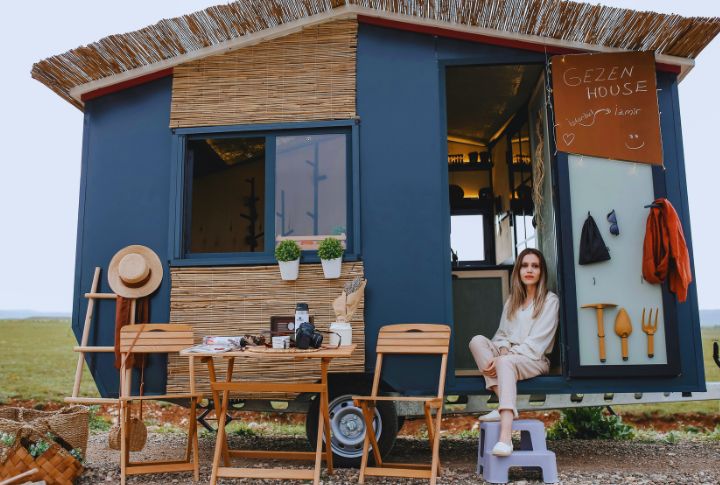
Tiny houses look adorable on social media, don’t they? All that charm and the dream of financial freedom. However, living small isn’t all sunshine and reclaimed wood. It has its share of wins and headaches. You’ll want to see both sides before calling the movers. Let’s unpack what makes small-house living inspiring, and what makes it downright tricky.
Lower Living Costs

Breaking free from sky-high housing prices, tiny homes make financial freedom feel real. They cost way less to buy or build, and utilities barely make a dent. Many owners even reach the dream of living completely mortgage-free, proving that small spaces can lead to big savings.
Minimal Environmental Impact

Smaller spaces mean smaller footprints. Compact homes use far less energy for heating, cooling, and day-to-day life. With solar panels and other efficient systems, they can be nearly self-sufficient. That is perfect for anyone wanting to live greener without giving up comfort.
Simplified Lifestyle
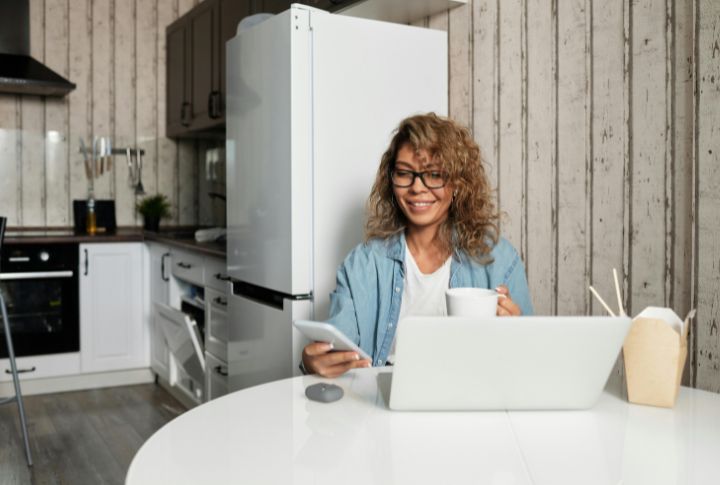
What began as a design trend turned into a mindset shift. Living tiny forces you to keep only what truly matters. People who embrace it usually find more time and a deeper sense of purpose in having fewer things and more experiences.
Mobility And Flexibility
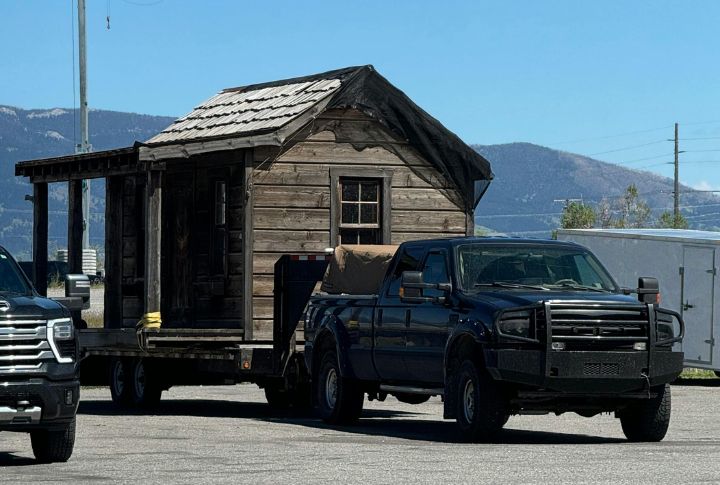
Micro homes let you break free from the idea of staying put. Built on trailers, they can move wherever you go, whether it’s chasing sunshine or new job opportunities. Digital nomads love that freedom, and adventurous owners even tow their homes for spontaneous road trips.
Faster Cleaning And Upkeep
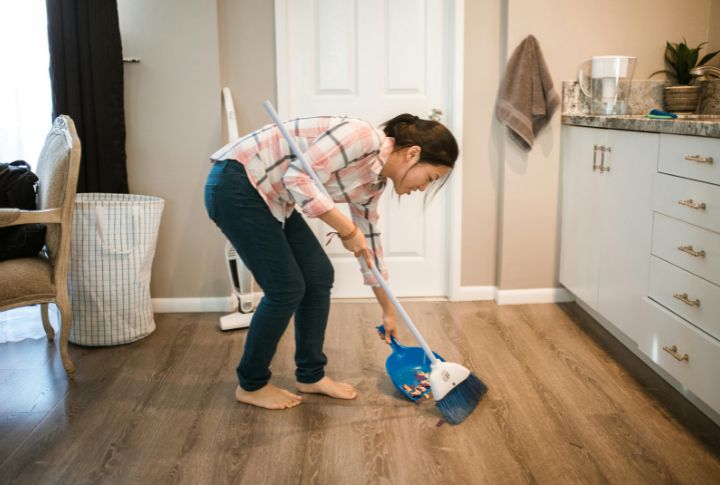
Forget those endless cleaning weekends. In a tiny house, you can tidy up the whole place in minutes. Of course, it’s not totally effortless. You might have to handle composting toilets or refill water tanks. Yet overall, upkeep is way easier and faster than in a big house.
Everything sounds picture-perfect so far, right? But once the honeymoon phase fades, reality squeezes in fast. Here’s what can make tiny house living a little less idyllic than it looks online.
Limited Personal Space

The excitement of going tiny can fade fast once you realize how little room there is to breathe. Couples and families often find privacy hard to come by, and devoted minimalists can also start feeling boxed in when every corner becomes shared space.
Zoning and Legal Challenges
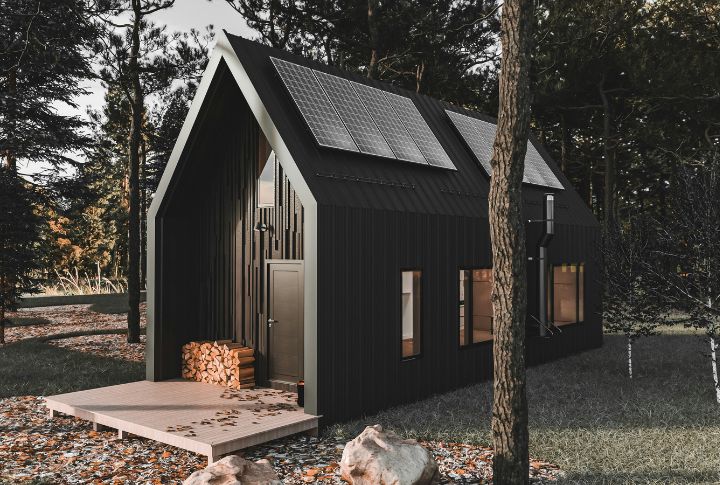
Finding a legal spot for your small-space dwellings isn’t always easy. Many cities still have outdated zoning rules, and suburbs can be even stricter. That’s why plenty of owners end up parking in RV parks or rural areas just to make it work.
Storage Limitations
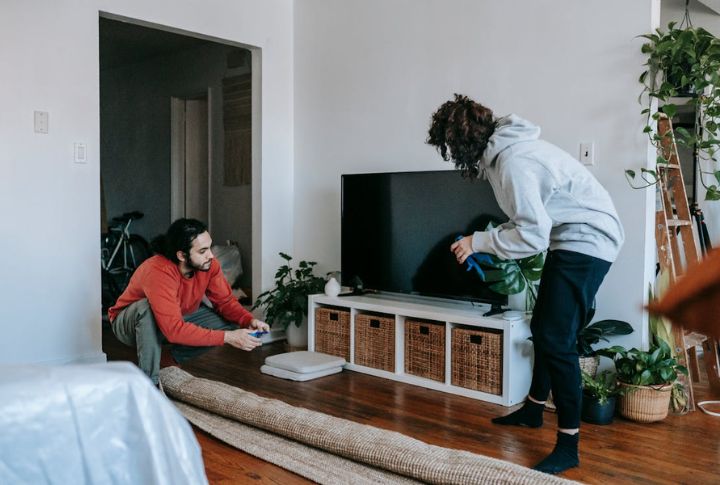
You quickly learn that tiny living changes how you shop and what you keep. There’s simply no space for warehouse-sized grocery runs or overflowing bookshelves. Every object you own has to justify itself, and tidiness stops being optional; it becomes survival.
Temperature And Moisture Issues
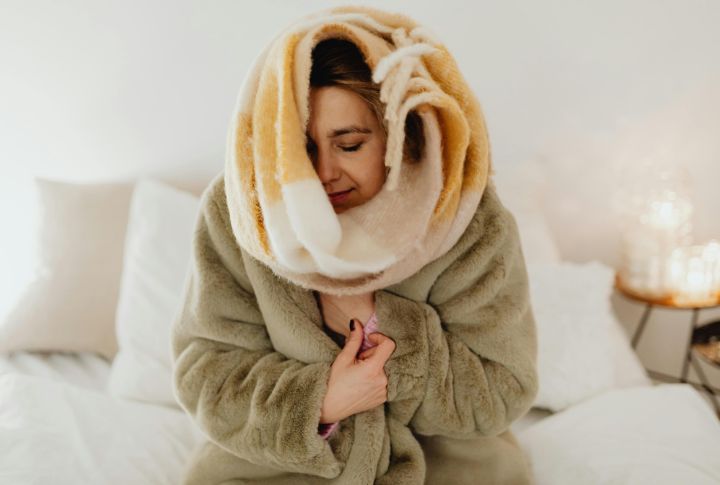
Though downsized homes may save money overall, keeping them comfy can actually be tricky. Poor insulation makes summers sweltering and winters freezing, while steam from showers or cooking builds up fast. Without good ventilation, that cozy little home can turn into a humidity trap.
Social Isolation

A small home can mean a smaller social life. Hosting dinner parties or gatherings becomes almost impossible, and some people find the solitude tough to handle. Over time, that sense of independence can turn into loneliness, especially for those who love regular company.

